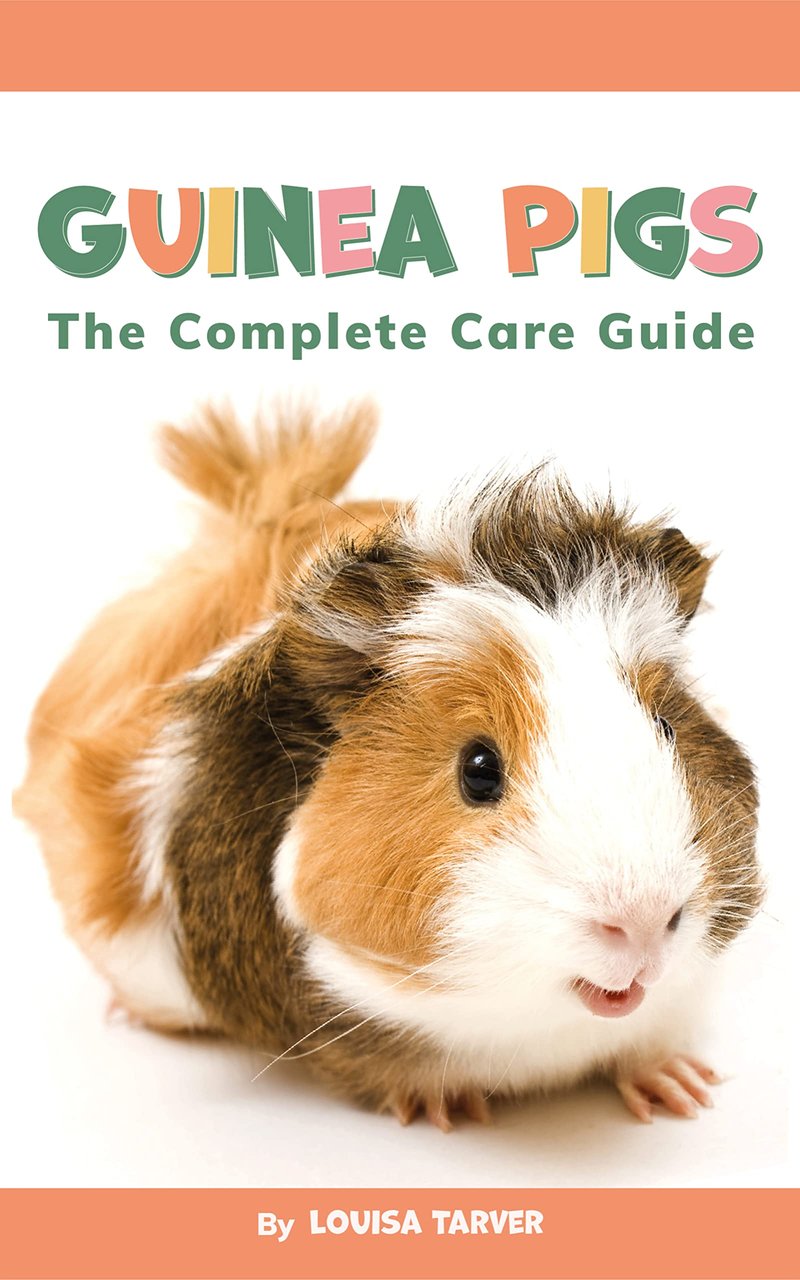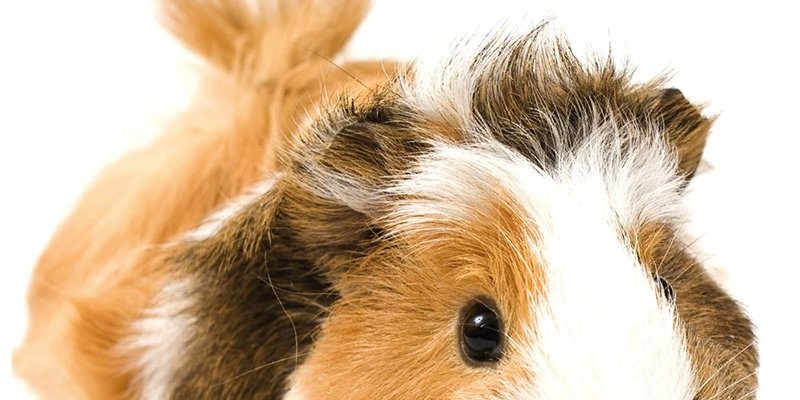
When it comes to caring for an American guinea pig, three main areas need your attention: their diet, cage setup, and social needs. This guide will walk you through each of these important aspects, making it easier for you to provide a loving environment for your new pet. Let’s dive in!
Understanding Your American Guinea Pig’s Diet
One of the most crucial parts of caring for an American guinea pig is getting their diet right. These little guys are herbivores, which means they thrive on a plant-based diet. A balanced diet should include hay, fresh vegetables, and specially formulated pellets.
Hay should be the cornerstone of their diet, especially timothy hay. It provides essential fiber that helps with their digestion and keeps their teeth healthy. Guinea pigs’ teeth grow continuously, so chewing on hay helps wear them down naturally. You should offer unlimited access to hay for your guinea pig, ensuring it’s fresh and free from mold.
Next up, you’ll want to introduce fresh vegetables into their meals. Leafy greens like kale, spinach, and romaine lettuce are excellent choices. You can also add bell peppers and cucumbers for variety. Just be careful to wash the veggies thoroughly and introduce them slowly to prevent digestive issues. Aim for a cup or two of veggies daily, depending on your guinea pig’s size.
Lastly, high-quality pellets are necessary to round off their diet. Look for pellets that are specifically formulated for guinea pigs, such as those that contain vitamin C. Unlike other pets, guinea pigs cannot produce this vitamin on their own, so it’s vital to include it in their diet. A small handful of pellets per day is enough to keep them nourished.
Setting Up the Perfect Cage
Creating a comfortable and safe home for your American guinea pig is essential. The cage should be spacious enough for them to move around freely. A good rule of thumb is to have at least 7.5 square feet of space for a single guinea pig. If you have more than one, you’ll need to increase that size accordingly.
Wood shavings or paper bedding are great for the bottom of the cage. Avoid cedar or pine shavings, as these can cause respiratory issues. Regularly change the bedding to keep the environment clean and odor-free. Your guinea pig will appreciate a tidy space to explore!
Cages should also include a few cozy hideouts. Think of these as little retreats where your guinea pig can feel safe. You can use hiding houses, tunnels, or even cardboard boxes. Place these throughout the cage to help them feel secure and reduce stress. Plus, they love to burrow and explore!
Don’t forget about enrichment! Providing toys like chew sticks or puzzle toys will keep your guinea pig entertained. They’re naturally curious creatures, so a little mental stimulation goes a long way.
Social Needs: Companionship is Key
Guinea pigs are social animals and thrive on interaction. If you’re considering adopting one, it’s essential to understand their need for companionship. Ideally, you should keep them in pairs or small groups. Having a buddy will help them stay active and reduce loneliness.
If you’re bringing home a single guinea pig, plan to spend quality time with them every day. Simply sitting with them, talking, and gently petting them can create a strong bond. They’ll quickly learn to trust you, which is vital for their emotional health.
Remember, when selecting guinea pig friends, try to choose those with similar personalities. Some are more laid-back, while others may be energetic. Pairing them with a compatible buddy can help prevent bullying and ensure everyone gets along.
When introducing new guinea pigs to each other, be patient. Let them interact in a neutral space first and monitor their behavior. It might take a little time for them to settle in and start forming a friendship.
Grooming Your American Guinea Pig
Although American guinea pigs are relatively low-maintenance, they still need some grooming. Regular brushing helps keep their coats in good shape and can reduce shedding, which benefits you, too!
Use a soft brush to gently groom their fur a couple of times a week. This practice also allows you to check for any skin issues or parasites, so it’s a win-win. You might want to introduce your guinea pig to brushing slowly. Remember, they might not be used to it right away, so patience is key.
Don’t forget about their nails! Keeping your guinea pig’s nails trimmed is crucial to preventing overgrowth and discomfort. Ideally, you should trim their nails every few weeks. If you’re unsure about how to do this, ask your vet for advice or watch online tutorials.
Also, consider a bath every few months, especially if your guinea pig gets dirty. Use a small animal shampoo and make sure to rinse thoroughly. Keep the bath quick, ensuring it’s a positive experience for them rather than a stressful one.
Understanding Health Concerns
Just like any pet, American guinea pigs can face health issues. Knowing the common health concerns will help you keep an eye out for symptoms. Some common problems include dental issues, respiratory infections, and skin problems.
You might notice that your guinea pig has trouble eating or is drooling. These can be signs of dental issues. Ensure they always have plenty of hay to chew on and schedule regular check-ups with a vet who specializes in small animals.
Respiratory infections can show up as sneezing, coughing, or nasal discharge. If your guinea pig displays any of these symptoms, it’s time to visit the vet. Early treatment can make a huge difference in their recovery.
For skin problems, keep an eye out for any unusual scratching or bald patches. If you suspect anything is wrong, consult your vet. They can help diagnose the issue and recommend the best treatment.
Creating a Happy Environment
Lastly, let’s talk about the overall environment for your American guinea pig. Keeping their space stimulating is important for their well-being. Change their toys regularly and rearranging their cage can provide new experiences and keep boredom at bay.
Ensure that they are kept in a peaceful area of your home where they can feel safe. Avoid placing their cage in direct sunlight or near drafts, as these can create uncomfortable conditions. Remember, guinea pigs are sensitive to heat, so maintaining a cool temperature is key.
Consider setting aside some time each day for out-of-cage exploration, perhaps in a secure, guinea pig-proofed area. Supervised playtime allows them to socialize with you or other pets while exploring their surroundings.
By keeping their environment engaging and stress-free, you’re setting the stage for a happy, healthy life for your American guinea pig.
In conclusion, caring for an American guinea pig involves understanding their dietary needs, providing a suitable living space, and being attentive to their social and emotional well-being. With the right care, your little companion will thrive and bring endless joy to your life. Enjoy the journey of pet ownership, and remember, these tiny creatures have big hearts!

